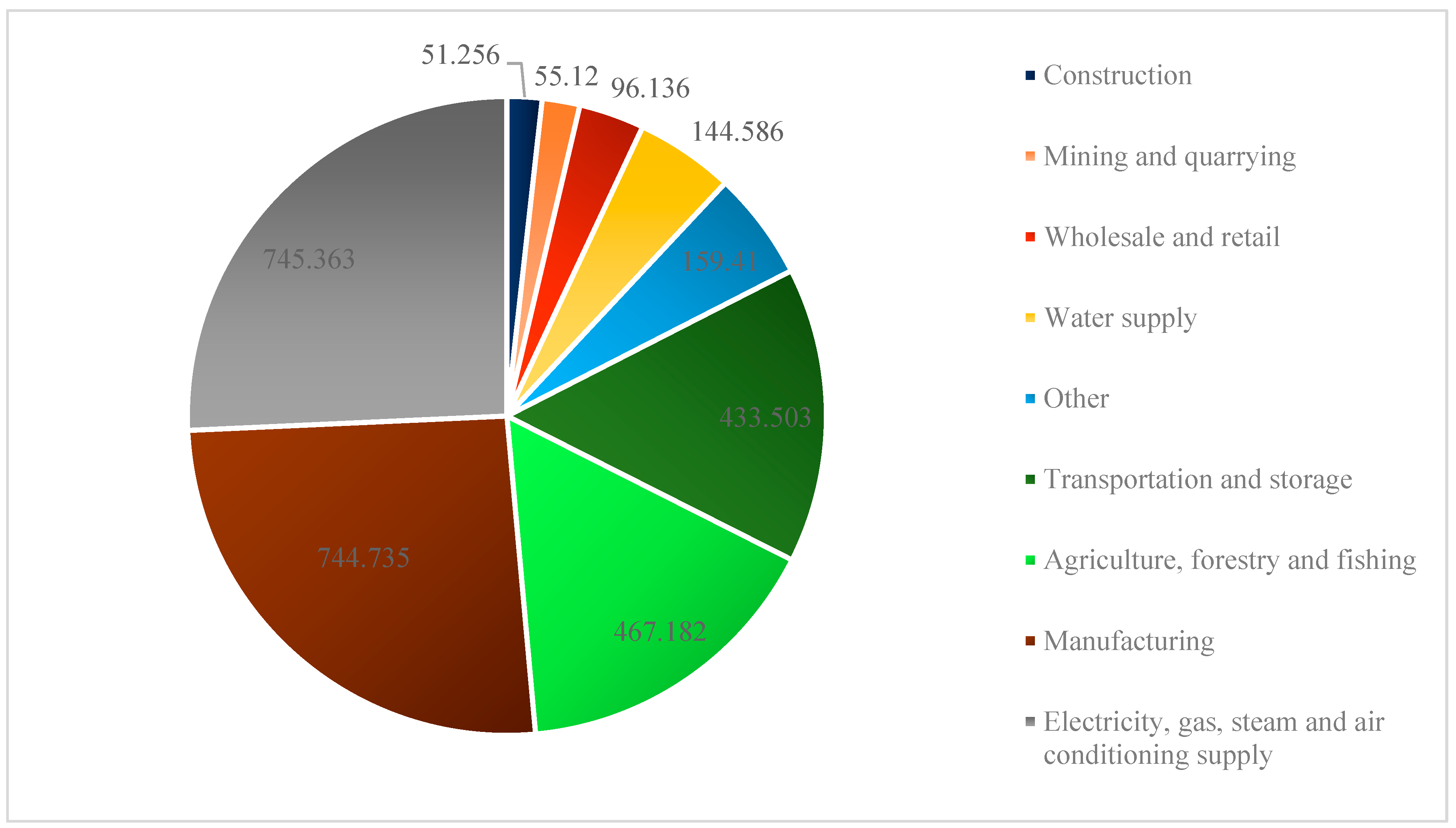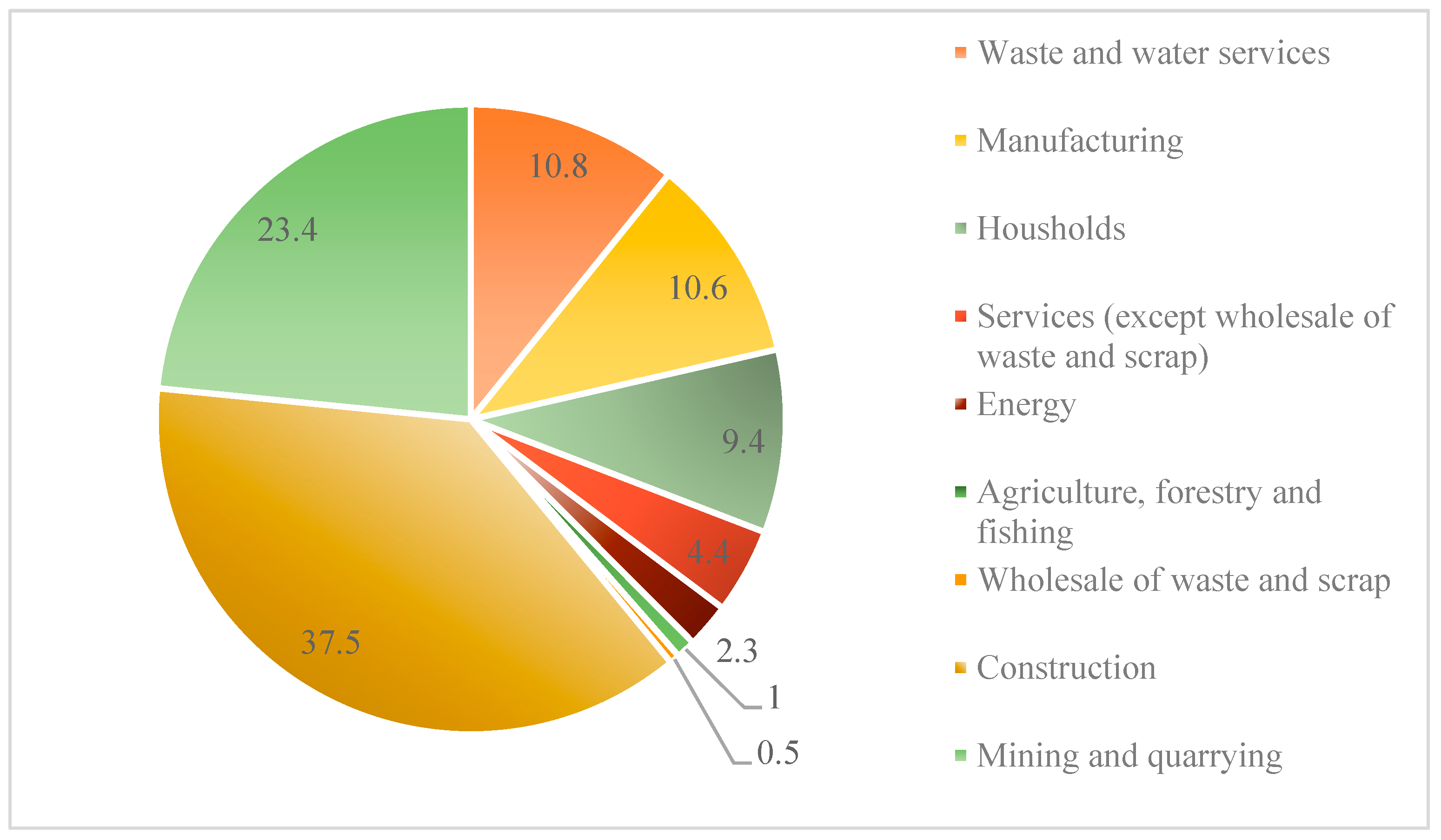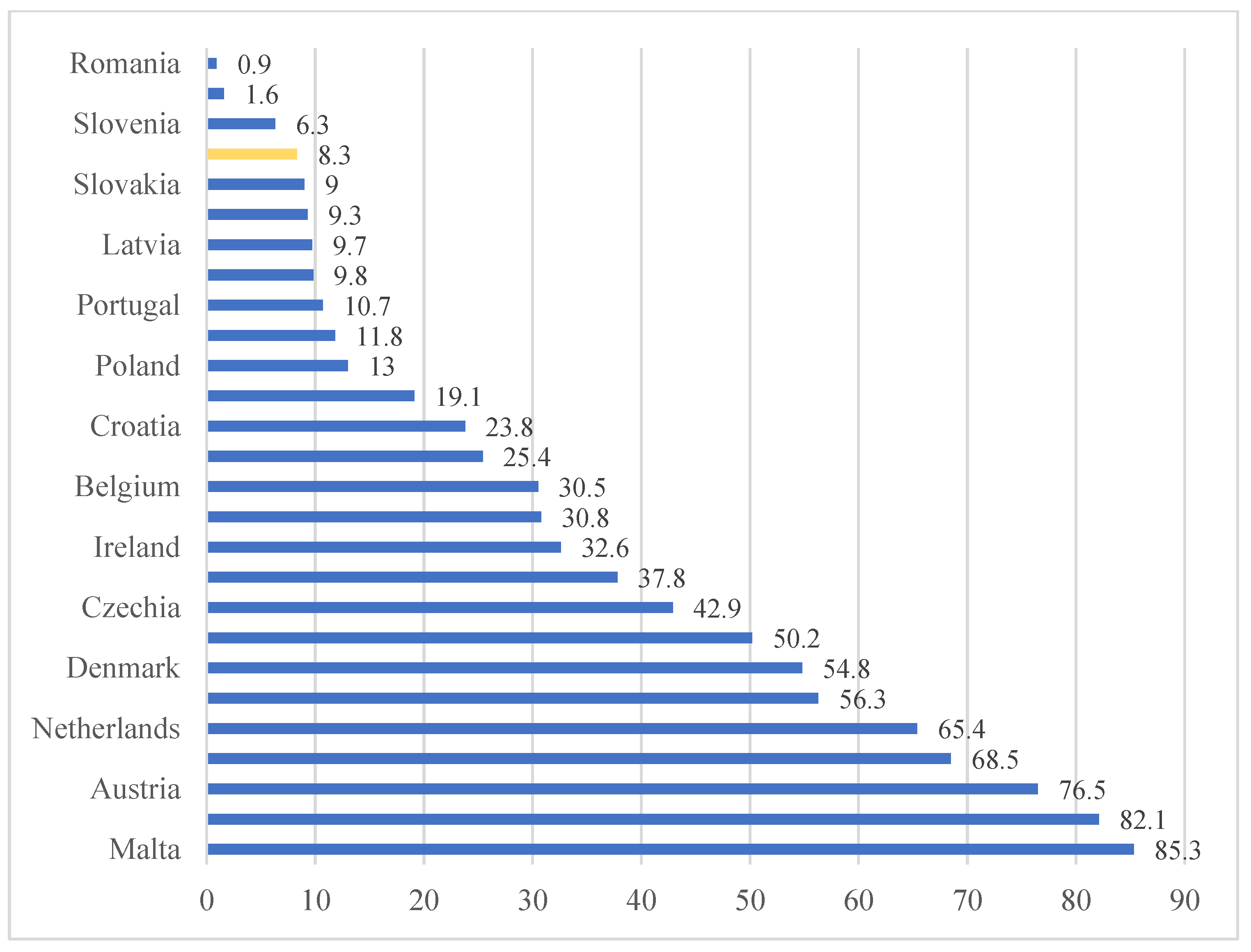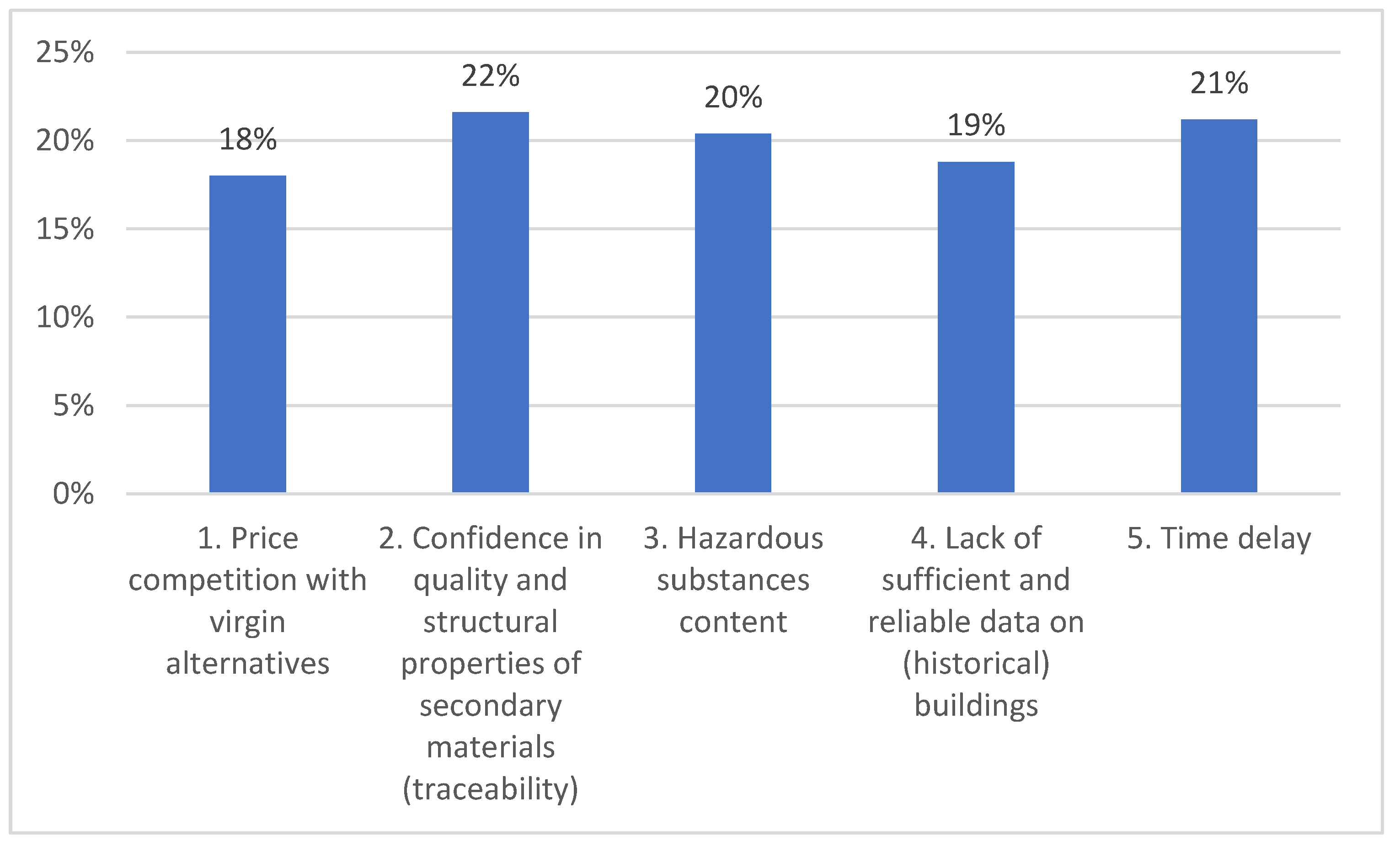The first part explores the research methodology, while the second part presents the evaluation results and their analysis based on established criteria. At the beginning of the research methodology section, multi-criteria assessment methods relevant to the studied topic are introduced.
4.1. Application of Multi-Criteria Assessment Methods and Other Techniques
Multi-criteria assessment methods are essential tools in decision-making processes across various fields, including management, economics, environmental science, and building practices. The purpose of these methods is to evaluate a wide variety of criteria, often complex, to make informed decisions. Multi-criteria assessment methods are discussed in this section, emphasizing their significance as well as their limitations.
Multi-criteria assessment methods are valuable in situations where decisions must consider a variety of factors that cannot be easily quantified or compared directly. Traditional decision-making approaches often rely on single-criterion analysis, which can be overly simplistic and fail to capture the complexity of dynamic business problems [
29]. Multi-criteria assessment methods provide a structured framework for evaluating multiple criteria simultaneously, allowing decision-makers to weigh the relative importance of each criterion and analyze the trade-offs involved [
30]. These methods can also help identify the best solution by considering both the quantitative and qualitative aspects of the problem and analyzing factors. Furthermore, multi-criteria assessment methods can help to identify potential risks associated with the formed solution.
One of the multi-criteria assessment methods is the Analytic Hierarchy Process (AHP) developed by Thomas Saaty in the 1970s. AHP breaks down a complex decision problem into a hierarchy of smaller, more manageable parts [
31,
32]. Each element of the hierarchy is compared to others within its level, using pairwise comparisons based on a fundamental scale of relative importance. This process results in a set of priority scales that can be used to weigh the criteria and alternatives, ultimately leading to a final decision. AHP has limitations such as subjectivity in assigning weights during pairwise comparisons, which can lead to biased outcomes and be time-consuming when dealing with a large number of criteria and alternatives, making it less practical for very complex decision-making scenarios.
Another multi-criteria assessment method is the Technique for Order Preference by Similarity to Ideal Solution (TOPSIS). TOPSIS is based on the concept that the chosen alternative should have the shortest distance from the ideal solution and the farthest from the worst solution. It involves identifying the best and worst alternatives in terms of each criterion, calculating the Euclidean distance of each alternative from these ideal and worst points [
33], and ranking the alternatives based on their distance from the ideal solution [
34]. This method has some limitations, such as its sensitivity to the selection of weights for each criterion, which can significantly influence the final ranking of alternatives, and it may also struggle to handle qualitative data effectively, as it relies heavily on quantitative measurements for calculating distances.
The Weighted Sum Model (WSM) and Weighted Product Model (WPM) are also multi-criteria assessment methods [
31,
35,
36]. WSM involves multiplying the performance rating of each alternative by the weight of the corresponding criterion and summing these products to rank the alternatives. Conversely, WPM involves multiplying the performance ratings and taking the product of these multiplications. Both methods are straightforward and easy to implement, making them suitable for various applications; however, these methods have some limitations. WSM assumes linearity and additive independence, which may not hold true for all decision-making scenarios. While avoiding these assumptions, WPM can be sensitive to scale differences, requiring careful data normalization to ensure fair comparisons.
In environmental management, multi-criteria assessment methods are used to evaluate the sustainability of projects and policies [
37]. For example, the Sustainable Asset Valuation (SAVi) tool integrates financial, social, and environmental criteria to assess the sustainability of infrastructure projects [
38]. By considering a wide range of criteria, such as carbon emissions, job creation, and community impact, SAVi provides a comprehensive evaluation that supports decision-makers in promoting sustainable development.
Applying multi-criteria assessment methods in sustainable building practices is pivotal in addressing modern construction’s complex and interconnected challenges [
39]. Sustainable building practices aim to minimize environmental impact, enhance occupant health and well-being, and ensure economic viability. Multi-criteria assessment methods provide a structured approach to evaluating these diverse and often conflicting criteria [
29] facilitating informed decision-making in designing, constructing, and operating sustainable buildings [
40].
One of the assessment methods used in sustainable building practices is the Leadership in Energy and Environmental Design (LEED) certification system [
41,
42]. LEED evaluates buildings based on several criteria, including sustainable site development, water savings, energy efficiency, materials selection, and indoor environmental quality [
43]. Each criterion is assigned points, and buildings earn LEED certification at different levels (Certified, Silver, Gold, or Platinum) depending on the total points achieved [
44]. This comprehensive evaluation ensures that buildings meet high sustainability standards across multiple dimensions.
Another method is the Building Research Establishment Environmental Assessment Method (BREEAM) (BREEAM, 2024) [
45]. BREEAM assesses buildings’ environmental performance through energy, water, materials, waste, pollution, health and well-being, transportation, and management processes [
42]. Each category is scored, and the overall rating reflects the building’s sustainability. BREEAM has been instrumental in promoting sustainable building practices by encouraging developers to adopt environmentally friendly design and construction methods.
The Sustainable SITES Initiative (SITES) is another assessment method focused on sustainable land development and management (Ma, 2024) [
46]. SITES certification evaluates projects based on site design, construction, operations, and maintenance criteria. It emphasizes the importance of preserving and restoring natural ecosystems, reducing water use, improving soil health, and promoting biodiversity. By integrating these criteria, SITES helps create outdoor spaces that contribute to the overall sustainability of the built environment.
Tools such as the Environmental Product Declaration (EPD) and Life Cycle Assessment (LCA) provide detailed information on the environmental impact of building materials throughout their life cycle, from extraction and manufacturing to use and disposal [
47]. By considering factors such as embodied energy, carbon footprint, and recyclability, these tools help organizations select materials that contribute to the overall sustainability of the building [
48].
In addition to these certification systems, multi-criteria decision analysis (MCDA) techniques [
49] are used to evaluate and prioritize sustainable building practices. MCDA involves identifying and weighing various criteria, such as energy efficiency, material sustainability, indoor air quality, and cost-effectiveness [
42]. By assigning weights to these criteria based on their relative importance [
49], decision-makers can compare different building options and select the most sustainable alternative.
Multi-criteria assessment methods are used to evaluate the performance of sustainable building infrastructure and systems. For example, the use of renewable energy systems, such as solar panels and wind turbines, can be assessed based on criteria such as energy production, cost, and environmental impact. Similarly, water-saving technologies, such as rainwater harvesting and greywater recycling, can be evaluated based on their effectiveness, cost, and environmental benefits. By applying multi-criteria assessment methods, organizations can select the most appropriate technologies and systems to enhance the sustainability of their buildings.
The authors reviewed 17 papers seeking to identify what multi-criteria decision support methods are used in research dedicated to sustainable building practices.
Table 2 shows that the COPRAS method is the most commonly applied in researching sustainable building practices.
The innovation of the COPRAS method lies in its ability to evaluate multiple criteria simultaneously, ensuring a balanced and systematic framework for decision-making.
Compared to other recognized affordable methods, COPRAS offers several advantages:
- -
COPRAS has relatively simple mathematical foundations, making it one of the most popular methods for multi-criteria evaluation. This simplicity allows for efficient calculations and easier implementation in various decision-making scenarios;
- -
By considering both quantitative and qualitative criteria, COPRAS ensures a more balanced evaluation, enhancing the accuracy and reliability of the study’s findings;
- -
COPRAS provides a systematic framework for decision-making, which helps in evaluating and ranking alternatives based on multiple criteria. This systematic approach supports informed decision-making in sustainable building practices.
While other methods like AHP, TOPSIS, and WSM have their strengths, COPRAS stands out for its ability to integrate both quantitative and qualitative criteria, providing a more comprehensive and balanced evaluation. This innovation is particularly valuable in sustainable building practices, where multiple criteria must be considered simultaneously to achieve optimal decision-making.
Multi-criteria assessment methods and other methods are indispensable tools for addressing complex decision-making problems in various domains. By allowing for the simultaneous evaluation of multiple criteria, these methods provide a comprehensive and systematic approach to decision-making [
67]. Their applications in various fields of building demonstrate their versatility and effectiveness in supporting informed decisions. As the complexity of decision-making continues to increase [
29], the importance of multi-criteria assessment methods for forming sustainable decisions is critical, highlighting their relevance and value for achieving sustainability.
4.2. Application of COPRAS for Researching Sustainable Building Practices
The Complex Proportional Assessment method is a multi-criteria decision-making method developed by Zavadskas and Kaklauskas in 1996, which is designed to rank alternatives according to their priorities and expected usefulness. Due to the relatively simple mathematical foundations, COPRAS is one of the most popular methods of multi-criteria evaluation for determining the best alternative, taking into account the best solution and the worst possible solution [
68].
COPRAS is a multi-criteria decision-making approach designed to rank alternatives according to their priorities and potential usefulness. As a result of COPRAS, it is possible to evaluate the alternatives and choose the alternative with the highest priority over the other alternatives. This study will use the COPRAS method to integrate both quantitative and qualitative approaches. This method enables a comprehensive assessment of the problem by considering multiple criteria and providing a systematic framework for decision-making. By combining these approaches, the COPRAS method ensures a more balanced evaluation, which enhances the accuracy and reliability of the study’s findings.
4.2.1. Expert Evaluation
Solving complex economic and social problems, as well as problems with the development of technology and innovation, process forecasting, and strategy evaluation, requires the contribution of experts. Experts usually have different and sometimes conflicting approaches to various problems. When decisions are based on expert competencies, it is essential to assess the extent to which experts agree with each other. For the selection of experts, experience in sustainable construction lasting more than 5 years and managerial roles in construction companies were the most important criteria in this study.
Expert evaluation is an essential process that ensures the quality and reliability of an expert study [
69]. For the application of multi-criteria assessment methods, it is important to assess the extent to which experts’ opinions coincide [
70].
The expert evaluation was based on various sets of criteria, such as the European Environment Agency study (2024) [
71] and other scientific studies’ results, which are presented below:
Price competition with virgin alternatives (Alshboul et al., 2022) [
72];
Confidence in quality and structural properties of secondary materials (traceability) [
73];
Hazardous substances content (Shehata et al., 2022 [
74]; Iwuanyanwu et al., 2024 [
75]);
Lack of sufficient and reliable data on (historical) buildings (Sartori et al., 2021 [
76]);
Time delay (Raouf et al., 2023 [
77]).
The five criteria were selected after the assessment of sustainable building practices, focusing on the aspects that most significantly impact sustainable construction, such as:
- (1)
Criteria such as price competition and time delay directly address cost efficiency and operational speed. These criteria represent the competitiveness of sustainable construction projects;
- (2)
Criteria such as confidence in the quality and hazardous substances content are crucial for ensuring that sustainable materials meet reliably and safety. These criteria focus on the long-term viability of environmental impact;
- (3)
The criterion related to the lack of sufficient and reliable data highlights the importance of robust information for decision-making. Reliable historical data are essential for assessing performance and planning improvements in sustainable building practices.
While other potential criteria, such as environmental impact, regulatory compliance, or innovation potential, were considered, these criteria were not included in the above-mentioned criteria set, facilitating precise consensus measurement among experts without overcomplicating the assessment.
Overall, these five criteria were deemed to offer a balanced and targeted evaluation of the critical factors affecting sustainable construction, ensuring that expert insights are relevant and actionable.
This empirical study was conducted based on the calculations (the formulas set out in
Appendix A). The initial data necessary for the application of the method were collected. Experts were selected based on selection criteria to take part in expert evaluation. Based on the data obtained from the expert assessment, the weights of the criteria were determined. Next, guided by the presented formulas, calculations were carried out, and the results of the study were formed.
4.2.2. Results of COPRAS Method Application
In this study, five evaluation criteria were selected for the COPRAS method. Six experts assessed these criteria by using a ten-point scoring system.
An expert assessment (
Table 3) showed that confidence in quality and structural properties of secondary materials (traceability) was the most important criterion for experts. However, further analysis using the COPRAS approach is necessary to fully assess and confirm these conclusions.
All ranks given by experts were summed. According to Formulas (1) and (2), it is possible to calculate the sums and weights of the ranks of the indicators in order to carry out further actions of COPRAS:
Herein: c—sum of all i criteria scores; r—number of experts; e—concrete expert; i—number of concrete criteria; n—number of criteria; q—weight of criteria.
The results of the expert evaluation showed that confidence in the quality and structural properties of secondary materials (traceability) received the highest weight compared to other criteria (as specified in
Figure 4).
Accordingly, this is how we count the other values, where the results are shown in
Table 4.
Next, we can calculate the total average and the sum of squares (Formulas (3) and (4)) using the most elementary formulas:
The overall average for both assessments will remain the same, as the number of criteria and experts will remain unchanged, and
Table 5 shows the sum of deviations from the mean.
In the further course, it will be necessary to calculate the maximum value of the sum of squares, as well as calculate the concordance coefficient (Formulas (5) and (6)):
The value of the concordance coefficient
W ranges from 0 to 1, where 0 means a complete mismatch, and 1 means absolute coincidence. The
W value is 0.896. This indicates a greater consensus among experts on the criteria weights [
70].
In addition, it is important to check whether the values of
x2 exceed the critical limit. If they are indeed such, it means that the opinions of experts coincide, and such results can be used for further decision-making processes (Formula (7)):
Herein:
The degree of freedom is calculated as follows for the selected level of significance, which is usually 0.05 or 0.01. In this case, the choice is made, and the degree of freedom is equal to 4. Therefore, the critical value is 9.487,
[
78] (a) = 0.05.
The coefficient of significance of compatibility is, respectively, equal to 21.496. This value exceeds the critical limit of 9.487. This suggests that the consensus among experts is statistically significant. This indicates that the expert evaluation process achieves the statistical significance condition.
Matrix normalization and ranking of alternatives. To accurately assess which option is better and set priorities, it is necessary to normalize the initial matrix. This allows for more accurate calculations and applying methods for ranking alternatives, ensuring their correct comparison.
In the initial matrix, it is important to determine the desired directions for each criterion: in which areas larger values are desired and positive, and in which they are negative. This means defining for which criteria higher values correspond to better results and for which they are worse. The directions are outlined in
Table 6.
For further calculations, it is necessary to normalize the matrix to ensure more accurate results. This is an important step that allows us to effectively proceed with the analysis of data and the evaluation of alternatives (we carry this out according to Formula (8)):
Herein:
After the matrix is normalized (
Table 7), further calculations can be made. These include the calculation of the sum of the materiality matrix, the sums of the maximizing and minimizing values, the identification of an alternative with minimal significance in relation to the criteria that minimize, the calculation of the relative significance of the comparative variants, and the prioritization. These actions are necessary for evaluating and ranking the alternatives (see Formulas (9)–(13)).
Before calculating the relative importance of the alternative, the minimizing value should be calculated concerning the alternative with the lowest minimizing value, given in
Table 8, where the relative importance of the alternatives was finally calculated [
78]:
Herein:
As for the application of COPRAS method a negative direction criterion is important, in this study it was possible to apply it to the criterion of time delay involved as was recently recommended by the European Environment Agency (2024) [
71].
Table 8 shows the assessment of alternatives against various criteria, including the sum of the materiality matrix, the sums of the maximization and minimization values, and the relative significance of the options being compared. The analysis shows which alternative occupies the highest place, reflecting better comparative significance and effectiveness indicators. This comprehensive assessment helps to make informed decisions. Applying the COPRAS method to a normalized initial matrix makes it possible to effectively evaluate and compare alternatives according to several criteria. The results provide the basis for making optimal decisions. This method facilitates decision-making in the area of sustainable building practices.
Further, more criteria could be used to evaluate sustainable building practices, and results could be compared between the different approaches. Construction professionals should be trained in the COPRAS methodology to foster widespread adoption and increase their sustainability impact. Policymakers should consider incorporating COPRAS-based assessments into sustainability certifications and regulations to ensure consistency in green building practices.











